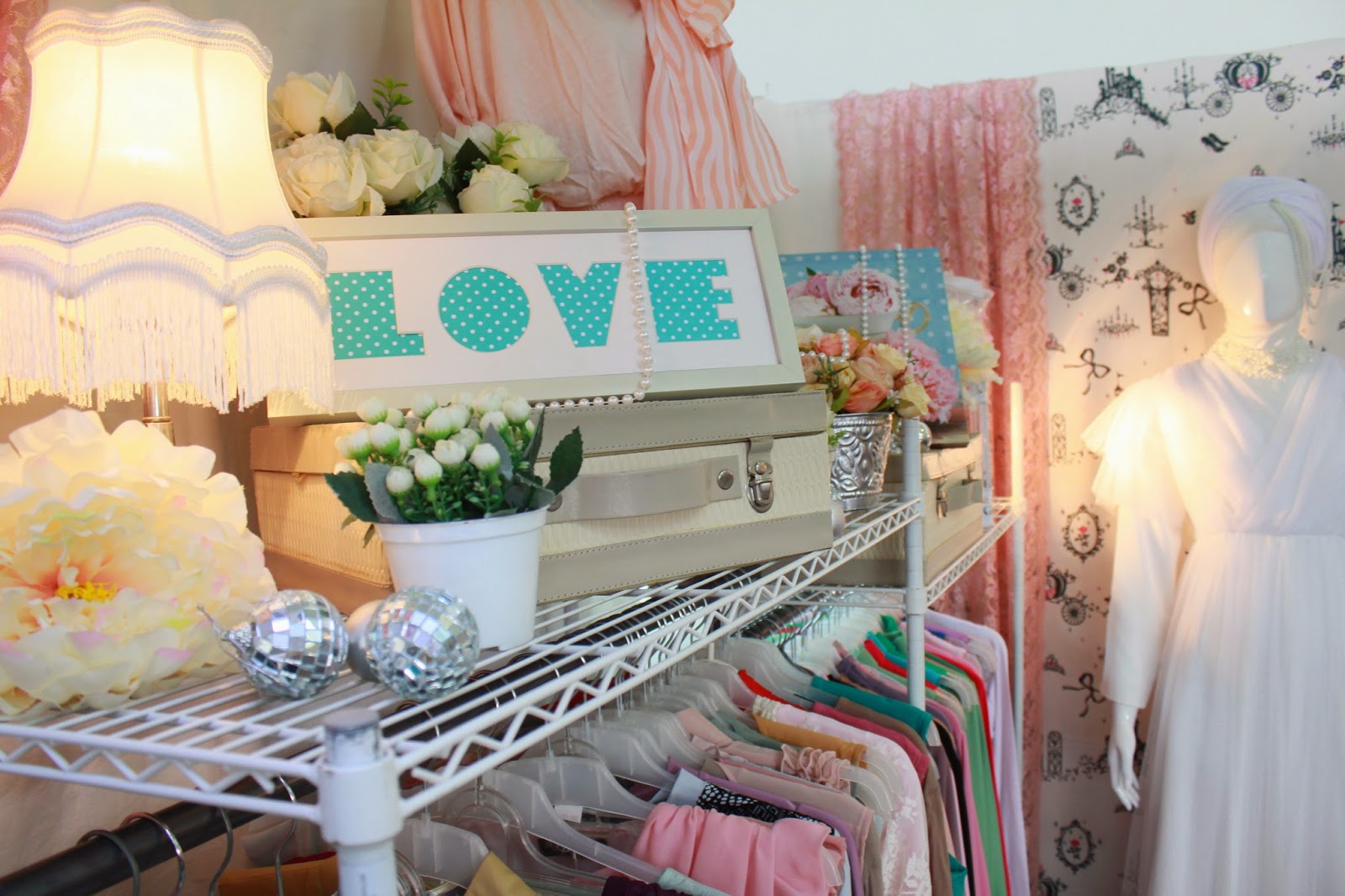In essence, Scandinavian Design refers to the design movement that
emerged in the 1950s in Denmark, Sweden and Norway, as well as Finland
and Iceland. Scandinavian Design is described by many as being fairly minimalist, with
clean simple lines. Highly functional, the style is effective without
needing heavy elements; only what is needed is used. Survival in the
north required products to be functional, and this was the basis of all
design from early on.
As early as 1947, at the legendary Milan Triennale, Scandinavian
furniture, glass and house ware designs caused a big sensation.
Following the exhibition, such items became internationally fashionable
and influenced other directions in design. In particular, the travelling
exhibition, Design in Scandinavia, which exhibited throughout the USA
and Canada from 1954 through 1957, brought the public closer to
Scandinavian Design and triggered a real Scandinavia-Hype.
The evolution of the characteristic design stems from the history of
Nordic countries. While the rest of Europe looked up to the nobles and
the wealthy with all their opulence, northern Europe focussed on local
materials and subtle and functional forms. The sense of practicality
that flows into Scandinavian Design is a clear feature of this genre and
contributed significantly to modern furniture and product design.
An important factor in the development of its interior design lies in
the fact that, for centuries, Scandinavian life revolved around the
home. With a rough climate and long, cold winters, the home had to be a
comfortable and cosy place of refuge. This led to the notion of good
design, which combines beauty with practicality. The aesthetics of such
designs was intended for everyone. The democratic and egalitarian design
principles follow a Lutheran philosophy based on Protestant values of
rationality and humanity.
Scandinavian Design of furniture and deccorating are famous internationally for their modern, innovative and clean lined
qualities. Typical to Scandinavian design is functionality and utility
of the products. Use of modern technology with materials like teak wood
and metal are also typical to Scandinavian design. Scandinavian
glassware and pottery design uses naturalistic forms and in fabrics the
main theme are clear and simple patterns.
During the 1980s, interest in classical Scandinavian Design waned. The
90s, however, experienced a renaissance of traditional ideals and
concepts that reinterpreted Scandinavian design from a new angle.
Traditional approaches such as intricate hand-made designs, perfect
functionality and a democratic unity of shapes were combined with a
tendency to treat objects as individual units of design. Despite such
developments – or precisely because of them – determining whether
antique furniture was made in the 50s can be difficult.
 |
| Part of the Design in Scandinavia exhibition, which ran from 20 April to 16 May 1954 |
 |
| The modern Scandinavian Design |

















































